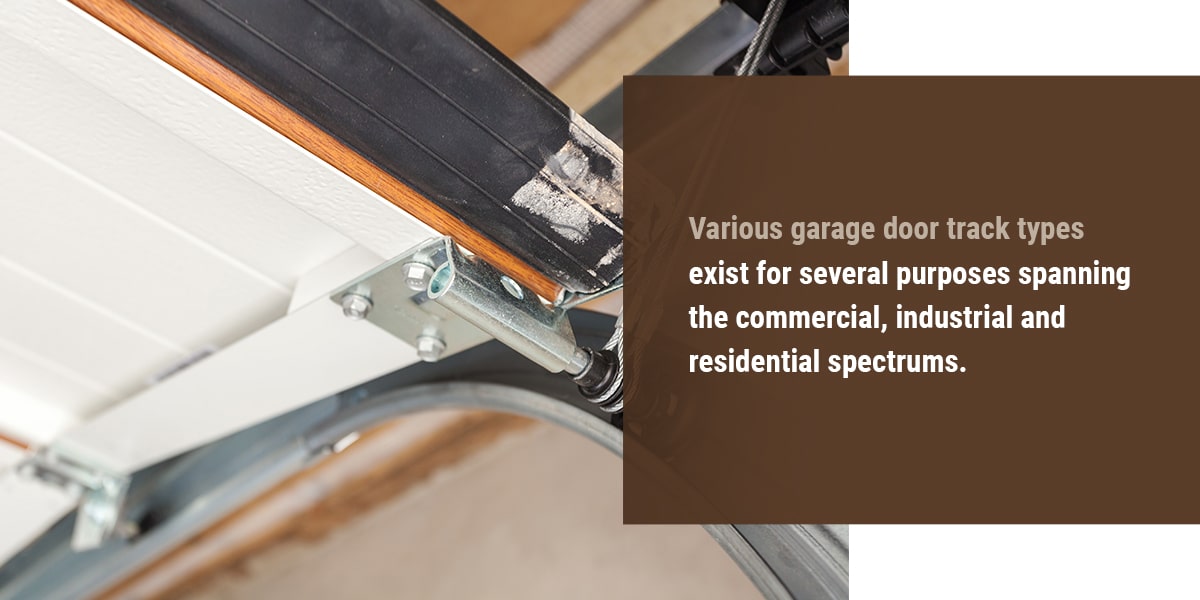The track is one of the most important components of a garage door system. The track partially supports the door's weight and ensures smooth, unobstructed and steady movement whenever you open and close the garage door. Learn about the different types of garage door tracks and their specifications in this article.
WHAT IS HEADROOM?
Headroom refers to the space above the uppermost part of the garage door. The headroom distance is measured from that uppermost point to the nearest obstacles above the garage door. These obstacles may include lighting, piping, steel rods, support beams, vents or other obstacles. The headroom must be large enough to accommodate the door, track and supporting components, including:
- The curved track portion linking the vertical and horizontal track portions
- Extension or torsion springs that provide a counterbalance to the door's weight
- The garage door opener's motor
WHAT IS SIDEROOM?
The sideroom of a garage door track is the available space between the garage walls or nearest obstruction and the vertical portion of the track. The sideroom measurements determine the size of torsion and extension springs your garage door track will need and the amount of space left for track brackets.
WHAT IS BACKROOM?
A garage door track's backroom is the depth of the garage, or the distance from the top of the garage door when it's opened to the garage's back wall.
GARAGE DOOR TRACK TYPES

Various garage door track types exist for several purposes spanning the commercial, industrial and residential spectrums. Garage door tracks come in three different widths — 1, 2 and 3 inches. 1-inch garage door tracks are commonly seen on semi-trailer doors, while 2-inch tracks are more common in commercial and residential applications. You'll likely find 3-inch tracks among heavy, industrial applications.
Here are some common garage door track options, along with specifications for headroom, sideroom and backroom.